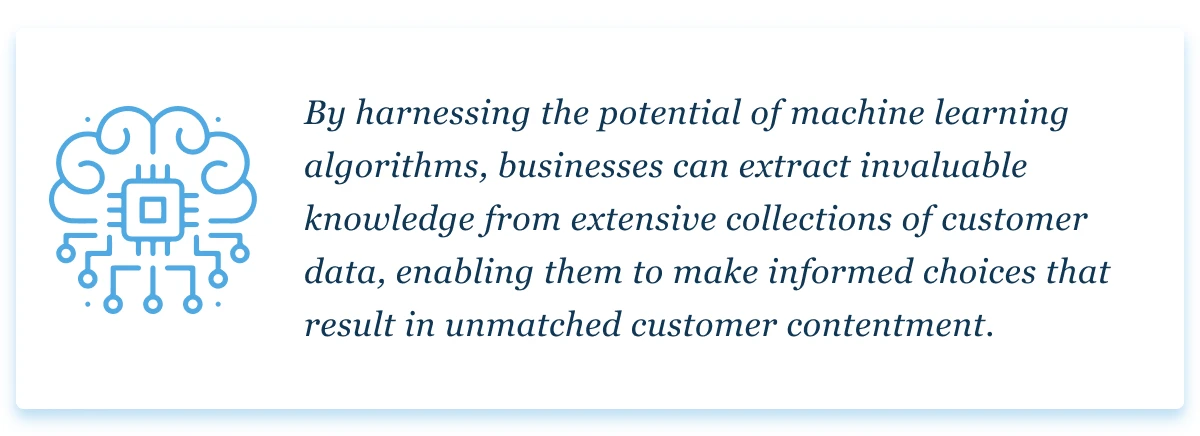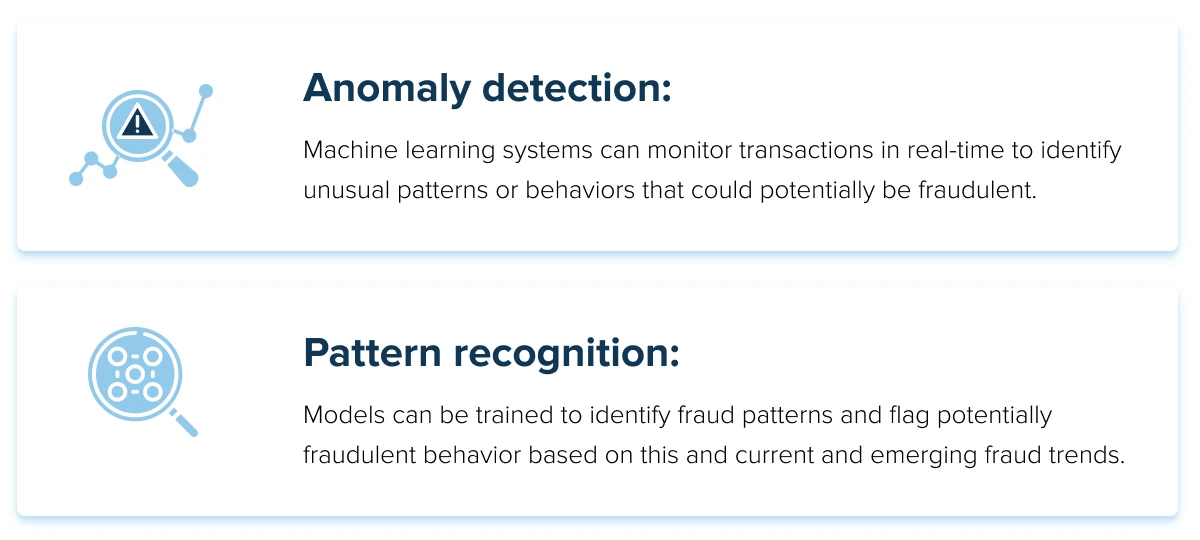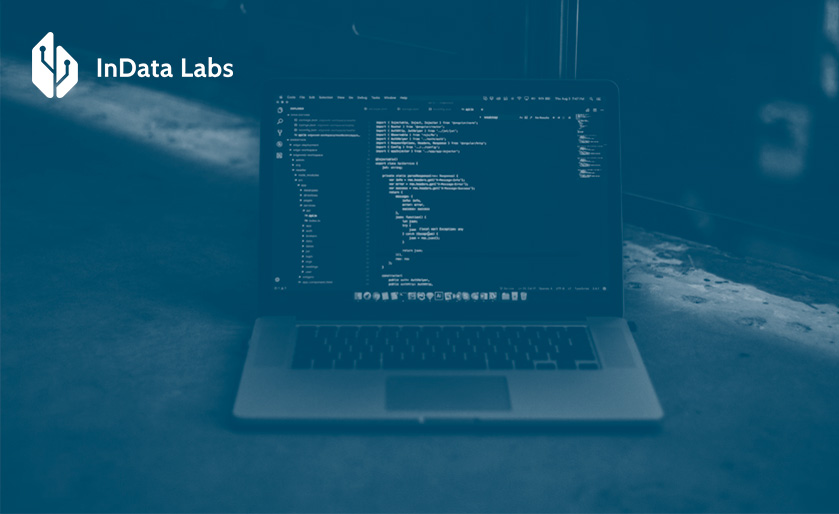The field of data analytics and machine learning and its importance to business has grown exponentially, seemingly in the blink of an eye. Now, in the age of AI, this field has taken another huge leap forward. The emergence of machine learning and AI-powered algorithms has allowed companies to tap into the possibilities of large datasets. Moreover, they can accomplish this with remarkable speed and precision.
The importance of this technology cannot be overstated, and businesses that fail to take advantage of it will find themselves at a disadvantage in today’s challenging market conditions. According to Forbes, Sisense CEO, Amir Orad, has observed that approximately 80% of employees within average organizations simply aren’t leveraging the suite of analytics available to them. Let’s look at how machine learning in analytics is transforming the business landscape and business intelligence.
The role of business intelligence in machine learning predictive analytics
So, how are business analytics and machine learning intertwined? Well, ultimately, the role of business analytics is to enable decision-making based on the accurate and timely processing of data. The problem is that we are talking about gigantic amounts of data, often spread across multiple sources.
This is where AI-powered machine learning is increasingly being leveraged by businesses in the know. Some of the key ways that machine learning development for predictive analytics can help organizations are:
- Predictive power: Machine learning enables accurate predictions and proactive decision-making based on historical data mining analysis.
- Advanced techniques: Advanced machine learning techniques for businesses include anomaly detection, sentiment analysis, and natural language processing open doors to fraud detection, customer insights, and process automation.
- Optimization: Machine learning optimizes decision-making processes, guiding strategic planning and operational efficiency.
- Competitive edge: Embracing machine learning is crucial for businesses to maintain a competitive advantage in challenging trading conditions.
While this compilation doesn’t fully capture all the methods machine learning can improve data analysis, it distinctly underscores the importance of incorporating machine learning into data analytics.
Business analytics vs machine learning: Applications of machine learning methods
We are quickly transitioning from a time when unique software applications were required for every job, to a time when more and more business processes can be automated and improved using machine learning technology. Central to this is the ability to quickly process complex and unstructured data architecture and produce meaningful and actionable results.
Some of the machine learning applications, aspects of business analytics that machine learning and predictive analytics development is transforming include:
Revolutionizing the customer connection
Utilizing the capabilities of artificial intelligence and machine learning has the ability to revolutionize the way businesses establish and cultivate connections with their customers, rendering customer relationship management (CRM) a crucial element of their functions.

The art of customer segmentation
Grasping the demographic details of your clientele is pivotal. Machine learning is revolutionizing this aspect by refining customer segmentation using behavior, demographics, buying history, and more. Abandoning traditional approaches, machine learning elevates customer segmentation to an unprecedented level of refinement.
It’s not just about demographic data like age, location, or gender anymore, machine learning delves into behavioral trends, purchasing history, and interactions with the brand. These algorithms unravel the unique mosaic of customer segments, each exhibiting distinct preferences. This enables companies to customize their marketing efforts with remarkable precision.
Here are three examples of where machine learning is helping businesses quickly and accurately assess and segment data:
- Behavior-based segmentation: Machine learning systems can analyze behavior patterns. Machine learning in marketing analytics is therefore a great tool, used in tailored marketing strategies and personalized experiences that drive customer loyalty.
- Demographic segmentation: Separating your customers based on demographics like age, location, and gender is another important factor in tailoring marketing material that is relevant to its audience.
- Purchase history segmentation: Machine learning can analyze purchase patterns to improve personalized product recommendations and enhance cross-selling opportunities.

Source: Unsplash
Understanding your customer is the first step to building brand loyalty. Advanced analytics and machine learning is an incredibly powerful tool that brings a huge amount of relevant and understandable data to your fingertips.
Demand forecasting: Illuminating the path ahead
Accurate forecasting is essential for businesses wanting to maximize their competitiveness. However, navigating the vagaries of a complex supply chain can be a frustrating exercise.
The heart of supply chain optimization lies in demand forecasting. The accuracy of these predictions is vital, as they orchestrate the delicate balance of inventory levels, production planning, and logistics.
Machine learning algorithms scrutinize historical sales data, market trends, and other pertinent factors to optimize the accuracy of future demand predictions. By embracing external influences like seasonality, promotions, and economic indicators, machine learning models illuminate actionable insights, empowering businesses to optimize their supply chain operations with deft precision.
Accurate business analytics that integrates machine learning can simplify the process. Some of the methods that the machine learning models can be used for include:
- Historical data analysis: By identifying past patterns and trends, business analytics can greatly improve the accuracy of future demand forecasts.
- External factors: Machine learning and analytics can be trained to incorporate external factors like seasonality and market trends to more accurately predict future demand.
The ability to make informed decisions based on accurate data can greatly enhance the performance and relevance of demand forecasting. In addition, predictive maintenance solutions can also help businesses to stay ahead of the game when it comes to ensuring that operations remain efficient and able to meet the demands forecasted.
Predicting churn: A crystal ball into customer loyalty
The battle against customer churn – the dreaded exodus of loyal patrons – poses a formidable challenge for businesses, and this is where the brilliance of machine learning truly shines.
By analyzing historical customer data, machine learning models unravel the cryptic patterns and indicators that foreshadow churn. Armed with this knowledge, businesses can spring into action, proactively engaging at-risk customers, offering personalized incentives, and addressing any grievances they may have.
Personalized marketing process
Gone are the days of generic marketing campaigns that aim to reach a broad audience. Machine learning enables businesses to create personalized marketing campaigns that speak directly to individual customers.
By leveraging customer data such as past purchases, browsing habits, and preferences, machine learning algorithms can generate personalized recommendations and targeted advertisements that resonate with each customer on a deeper level. The quality of such tailored marketing efforts enhances customer engagement, drives higher conversion rates, and fosters a sense of brand loyalty. These insights alone make sourcing data warehouse services worth the time and expense for ambitious businesses.

Source: Unsplash
Unveiling the secrets of customer lifetime value (CLV)
Customer lifetime value (CLV) guides businesses in assessing the long-term worth of their customers, and machine learning significantly enhances the accuracy of the projected future value each customer holds.
Armed with this foresight, businesses deftly allocate resources, prioritize high-value clientele, and orchestrate their marketing and sales strategies with a finesse that only machine learning can bestow.
Supply chain efficiency
The supply chain management arena teems with complexity, interwoven activities, stakeholders, and boundless uncertainties. It’s here that machine learning takes center stage, with a transformative capacity to optimize supply chain operations, boost efficiency, and slash costs.
Logistics optimization: Agile navigation
The realm of logistics optimization is where machine learning truly shines. With access to historical transportation data, machine learning algorithms navigate the complexities of the supply chain, identifying the most optimal routes, opportunities for shipment consolidation, and preferred transportation modes.
By reducing transportation costs, minimizing delivery lead times, and improving overall logistics performance, machine learning transforms businesses into agile navigators of the supply chain, capable of meeting customer demands with precision and efficiency.

Source: Unsplash
Supplier selection: Unveiling the gems
The selection of suppliers stands as a pivotal decision within the supply chain domain. Machine learning algorithms, masters of data analysis, sift through mountains of supplier performance metrics, quality indicators, pricing data, and other factors to uncover the very best options available.
By automating the supplier selection process and considering an array of variables, machine learning aids businesses in making informed decisions, mitigating risks, and constructing resilient supplier networks.
Machine learning algorithms for pricing optimization
Pricing decisions focus on profitability, and machine learning provides valuable insights and optimization capabilities. By analyzing market data, customer behavior, and the many other factors that shape the landscape, machine learning algorithms can extract insights that pave the way for enhanced pricing strategies and maximized revenue.
Machine learning in spend analytics: Price estimation and customer sensitivity
The elasticity of price lies at the heart of pricing optimization, and machine learning helps to unravel this. Delving into historical sales data, competitor pricing information, and multiple other variables, machine learning models help to navigate the tricky terrain of price sensitivity. Armed with this knowledge, businesses identify the price points that unlock maximum revenue and profitability while treading carefully when it comes to the fine line of customer sensitivity to price changes.

Source: Unsplash
Security and risk management in machine learning algorithms in business analytics
Risk management emerges as a cornerstone of business operations, with machine learning and business analytics both being transformational tools. By delving into vast reservoirs of data machine learning algorithms uncover patterns, detect anomalies, and offer predictive insights across various risk management domains.
This might seem like a surprise inclusion, but physical and cybersecurity can both be greatly enhanced through the efficient use of deep learning and business analytics; successful machine learning projects never take their eye off the security ball. To explore this concept let’s look at two of the ways that machine learning paired with business analytics can bolster security.
Fraud detection: Unmasking the shadows
Businesses face significant risks from fraud, which can lead to both financial and reputational damage. Utilizing machine learning algorithms, companies can analyze real-time transactional data to identify abnormal patterns and detect fraudulent activities.
By continually learning from new information and adapting to evolving fraud patterns, these algorithms improve fraud detection accuracy. This not only reduces false positives but also protects businesses from potential losses, creating a safer environment for conducting transactions.
While large-scale fraud can be catastrophic for businesses, even smaller-scale threats such as phishing attacks can cause immense harm. Business analytics plays a crucial role in the battle against fraud by providing effective countermeasures.

Fraud is a massive problem and anything that can add extra layers of protection has got to be a good thing.
Credit scoring and lending risk assessment
By analyzing diverse data sources—credit history, financial records, and alternative datasets—machine learning models unleash their analytical prowess to assess the creditworthiness of individuals or businesses with uncanny precision. Financial institutions armed with this power make informed lending decisions, optimize loan portfolios, and manage credit risks with mastery.
Cybersecurity: Building the fortress of protection
“With the escalating complexity of cyber threats globally, conventional rule-based security systems are struggling to keep up. However, machine learning algorithms remain vigilant, meticulously monitoring network traffic, user activities, and a vast array of data sources. This allows them to identify deviations and potential breaches that could otherwise slip through unnoticed.
Constantly evolving to combat new threats, machine learning models are leading the charge in contemporary cybersecurity. They offer early warning signs of possible cyber attacks, safeguarding the digital domains.”
Physical security
Business analytics can be combined with security system solutions, such as license plate recognition cameras, to bolster the effectiveness of the measures. For example, the use of a cloud-based camera system is already widespread, but machine learning capabilities can be used to increase their effectiveness. Some of the methods that can be implemented are:
- Real-time video analytics: Machine learning and computer vision can be paired with cloud-based security cameras to perform real-time analytics including facial recognition, behavior analysis, and object detection.
- Anomaly detection: By leveraging machine learning, cloud services such as cloud-based camera systems can be trained to detect abnormal events or behaviors, such as unauthorized access, loitering, or unusual movement patterns.
Efficient security is made easier with machine learning in data analytics.
Machine learning & analytics: Raising the bar
The synergy between machine learning and business analytics has become increasingly potent. By incorporating machine learning models, business analytics is entering a new era. This integration empowers companies to fully harness the value of their data, making machine learning an essential tool for navigating the data-driven landscape of the future. As technology advances, the significance of data science and its strategic application will continue to grow.
Improve business efficiency with machine learning
Looking for skilled machine learning specialists? Book a consultation with our team to discuss your business needs and challenges, and understand how we can address it with modern technology.



